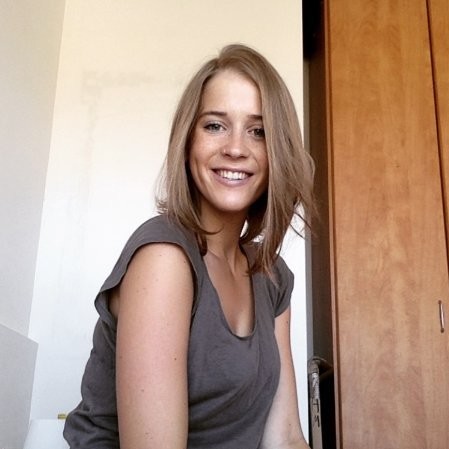[Video] Exclusive Interview With Josh Keller, Part 3: How Native Outperforms Social
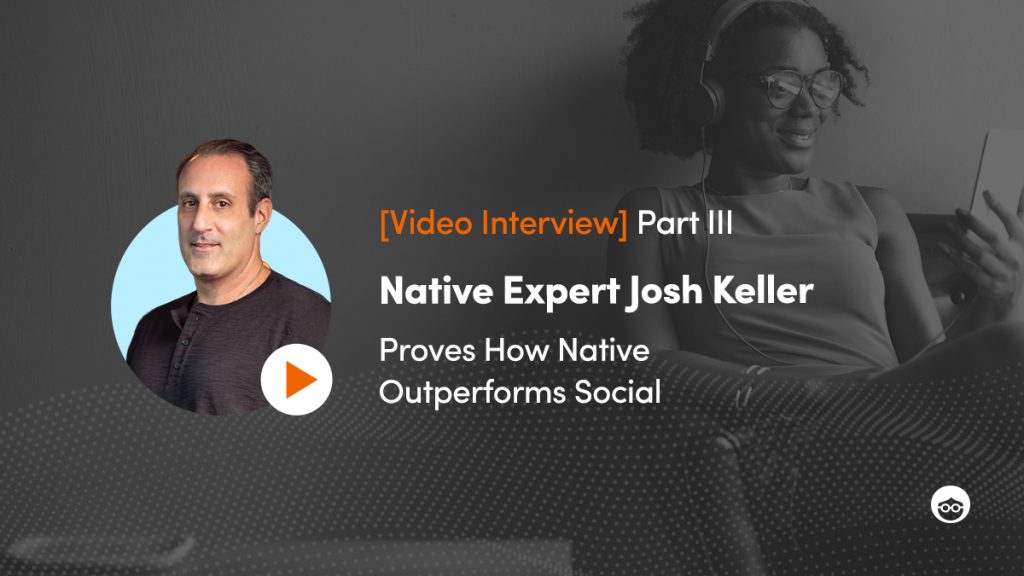
Facebook + Google + Amazon = the triopoly of digital advertising (and much of a Marketer’s budget these days, at that). Though time and time again, the moral principles of these three power-hungry machines come into question.
Just this week, we’ve seen Amazon’s Chief Executive, Jeff Bezos, agree to testify before Congress for abuse of power. All while an entire movement has taken on Facebook and Instagram, as big brands from Ben & Jerry’s to Patagonia jump in to pause all ads across the two platforms for the entire month of July to support #StopHateForProfit, demanding the monetization of racism comes to a necessary halt. And do we even need to get into Google’s seemingly neverending antitrust challenges? Didn’t think so.
That all said, each ad platform — especially beyond the walled gardens of the triopoly (hint hint: Native Ads) — serves a performance purpose as Marketers are constantly searching for greater scale and audience diversification.
And this aligns with Josh Keller’s exact mindset — why choose one platform, when you can enjoy the benefits of many?
The key here — which Josh will get in to — is ensuring intention for each platform utilized and differentiating your KPIs based on said intention.
And if you’re just joining the Josh Keller party, let me introduce you to this Affiliate Marketing legend, who already covered two hot topics:
Alright — hit it, Josh!
Q: Head-to-head, where do you find higher-quality traffic, Facebook or Native?
TL;DR
Gain higher volume with Facebook, but more engaged and higher quality audiences with Native.
TS;WM
“Facebook’s great because of the targeting and the way their AI works with finding the right audience, but you’re not necessarily — it’s hard to explain. But I feel like, with Native, the person is consciously going to a website that has news on it, and saying ‘I want to be more informed about something’.
Now, whether they’re reading right-wing or left-wing, or whatever the case may be, they’re trying to either, you know, echo whatever opinions they already have or learn something new. But, the point is that they’re in an active mission of trying to find information whereas with Facebook, you just happen to be scrolling through your newsfeed and something happens to catch your eye. And I just think it’s a different kind of person.
I mean, we see a lot more volume on Facebook, but the quality of traffic is always better on Native.”
Q: Higher quality traffic on Native? Tell us more, Josh.
TL;DR
Yes — and take his word for it, he has his own owned and operated sites where he can see the full lifecycle of a customer.
TS;WM
“No, but it’s actually, it’s completely true.
So, we have our own sites — we have an auto insurance site — and I can actually see the whole lifecycle of a customer. And so, we do get a lot, we get cheaper conversions sometimes on Facebook, and get more volume, but the people that come from Native are like homeowners, good credit, multiple cars, married, you know? Like, there’s a disproportionate amount of those people on those premium news sites.
Now, obviously, when you get to the tier two and three, that’s a different story, but if you just focused your energy on tier one premium new sites, the quality of person, regardless of their politics, they will have the metrics of being a good customer that wants to consume products and services.”
Q: Okay, so if there’s higher quality traffic on Native, what’s the first step you take to ensure a successful campaign?
TL;DR
Everything comes down to finding an offer that works.
TS;WM
“I mean, if you take the top 100 premium new sites, and you have an offer that works on a couple, generally they’re going to work on all those other sites.
So, it’s more about scaling horizontally to all those sites because you’ve already done the hard work of: I have ads that click, I have pre-sells work, I have an offer that converts, the payout good, nobody can steal all my stuff because I have some kind of exclusive. Like, those are all the hard parts, so once you have it working, you really just need to put it up on those sites and have competent buyers on those sites and generally, it would work.
Generally, what we find that works on Facebook we’re able to bring it over to Native — doesn’t work exactly the same, the costs aren’t the same — but we kind of start with, does the offer work and then what makes the offer work, and kind of work backward from that.
Because the last thing we want to do is have 50 offers — you want to have like 5 to 10 offers, maybe, that are all scaling horizontally, and you can dedicate your team to just being more creative within those offers. Because you can change one headline and it could make your profit go up by 50%, because you changed even like half the sentence from instead of saying “this doctor’s talking about” to “this doctor urges” or “this doctor warns”, and those one action words can completely change the face of the campaign — same thing with a pre-sell.”
Q: What’s the best strategy to have to horizontally scale your offers across multiple platforms (especially after your Facebook account is banned)?
TL;DR
Success comes down to three things: good offers, budget, and an even better mentality.
TS;WM
“Well, the first problem is most people are coming into it like they have something working on Facebook, Facebook bans their account for no reason, they can’t find out why they banned their account and now they’re making no money, but they have an offer that works, what am I going to do next? That’s when they’re like, let me turn Native — it’s kind of like, it’s the second choice after you have something working, and then they start doing Native, and then all of a sudden, they either get a new account or they get the account unbanned, and then they just run back to whatever they felt comfortable before. I see that like 50% of the time.
The problem, most of the time, is that people are not willing to do what it takes to become successful. It’s like, if you want to be physically fit and you don’t eat healthily, and you don’t go to the gym, you’re probably not going to be physically fit, if you only do it for a week, you’re probably not going to see too many results — it’s no different. You have to work at and so, the advice I would give more than anything is having the right mentality going in. Don’t even get started if you’re not willing to do what it takes to get this done.
And also, unfortunately, you need some money to be able to make some losses to find out where you have the wins. Because a lot of times, we’d start a campaign and spend $5,000 or $10,000 just to find the placements within, even if we have a whitelist — which most networks don’t even let you have — even if we had a whitelist, you still have to spend money and spent three times a CPA on each site just to see if it’ll work or not.
And so I would say mentality, having a budget, and then also, if you weren’t going to start on Outbrain or one of the big three networks, there are smaller ones that are not as easy to use, which for me and our buyers were a great place them to learn because they had to do everything manually, but there was only a very tiny amount of scale, so they could never lose that much, and it was very high-quality, so they were able to learn the nuts and bolts of those things without risking too much and having to think through that so when it’s done for you, at least you know what’s going on in the background.
But if I was just starting with Outbrain, I would try to find my way into a performance-type whitelist, if that’s still available to new people, and I would block as many of the sites that I didn’t know of as quickly as possible, and then I would also block as many sites as I could based on poor performance and I would bid up the ones that are doing well.
Unfortunately, the best thing for you to do is start with something that already you see and try to have your assets as close as possible to that without copying it — not for you to make a gazillion dollars, but for you to get used to practicing with the software, while not losing money. Because the first couple months, all you should hope for is that you can spend a couple of thousand dollars a day and make a tiny bit, or not lose anything, so you can get the rhythm of it, and then, start to get creative with your own creatives. But don’t start with an offer you don’t know works because then there are so many other variables that you’re going to blame on yourself, like, is it the offer, is it the pre-sell, is it the ad? I don’t know, but if you start with something that you always see, then you pretty much know that at least the offer works, and the pre-sell, and image are good enough to maybe break even.
Now, the person who first started with it is probably going to make a lot more because they came up with it and they’ve been running it, and now it’s saturated, but at least you won’t lose money and you learn how to do it, and then when the next offer comes along, you’ll be that much more prepared.”
Q: Alright, moment of truth. Native vs. Search vs. Social: Which platform do you find the best scale on?
TL;DR
Definitely not Search — too pricey! Mix of Social and Native, Social for scale, Native for quality. While it’s crazy how much money can be spent on Google or Facebook, but it’s a black box of performance. With Native, there’s more oversight into ad placements, and thus, more flexibility.
TS;WM
“Definitely not Search — Search is probably the only thing that’s higher quality than Native, but it’s way more competitive and it’s a lot harder to be successful at it. Especially because there are so much brand dollars going into that, and they will pay anything to be in those spots, no matter how much money they lose, just to capture those eyeballs, because some agency told him that that was the most important thing for them to do and they just want to do as little as they can keep their jobs and that sounds good so they just keep it that way.
I would choose Native over quality, but Social definitely has it in terms of scale. So, I have not chosen — I’ve chosen to do both because that’s the best thing to do in terms of trying to make the most amount of money doing Performance-based Marketing. We’ve really poked at it a couple of times, but unless you just don’t care about getting a return on your investment right away, it’s a hard nut to crack.
When I talk about scale though, I don’t talk in terms of like actual people — I’m talking about whatever I can afford to pay while still making a profit margin, how much will it actually spend? Google and Facebook are much harder to learn and master because of the scale and all the things that they have going with it.
Native is the most straightforward and again, I believe, besides Search, has the highest quality user. And so, if you’re looking for something you can count on, and something that’s easier to learn than these other things, and the ability to control each individual site placement — whereas obviously with Facebook, you like you put a pixel on, here like please help me figure it out, I know you’re going to do your best. With Native, I have each site source and I can particularly pick where I want to be bid up and bid down, and I really love that flexibility.”
Q: Okay, one more Native vs. Search vs. Social: Which platform has the best technology, in your opinion?
TL;DR
Outbrain, for the win.
TS;WM
“If I didn’t have Maximus, I’d probably be using Outbrain because they have the best technology, and while they don’t cover all the premium news sites, they have enough for someone to get started with, if they were only focusing on one thing.”
Series Wrap Up
Now that’s a finale — Josh Keller himself admitting that Outbrain has the best technology. Watch out, triopoly 🙋♀️
And for all of you skim readers out there — here’s a quick, high-level recap for our video series with Mr. Keller.
Part 1: How USM Maximized Native Conversions
- All recap roads lead to this case study.
- Outbrain’s the easiest partner to work with, for both tech and collaboration.
- Outbrain’s the inclusive place to go for Spanish-speaking native traffic.
Part 2: Continued COVID-19 Advice For Affiliates
- Take advantage of the high traffic and low competition amid COVID.
- Consider offers that are free and can be used at home — easy wins.
- Not put all budget eggs in one basket — instead, launching campaigns horizontally.
Part 3: How Native Outperforms Social
- Facebook is great for volume — Native has more engaged, higher-quality audiences.
- Native audiences are better consumers — actively looking to consume new products.
- Success comes down to three things: good offers, budget, and an even better mentality.
And that’s a wrap!
Hope you enjoyed all three parts of our video interview series with Josh Keller. And if you’re feeling inspired by his insightful advice, be sure to check out our Affiliate Strategy Hub for more (free!) learnings.
Maybe you’ll even test your first native campaign — after all, Outbrain is Best in Tech 😎
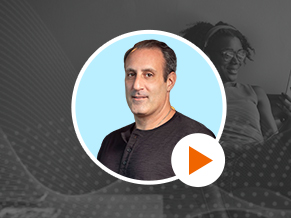


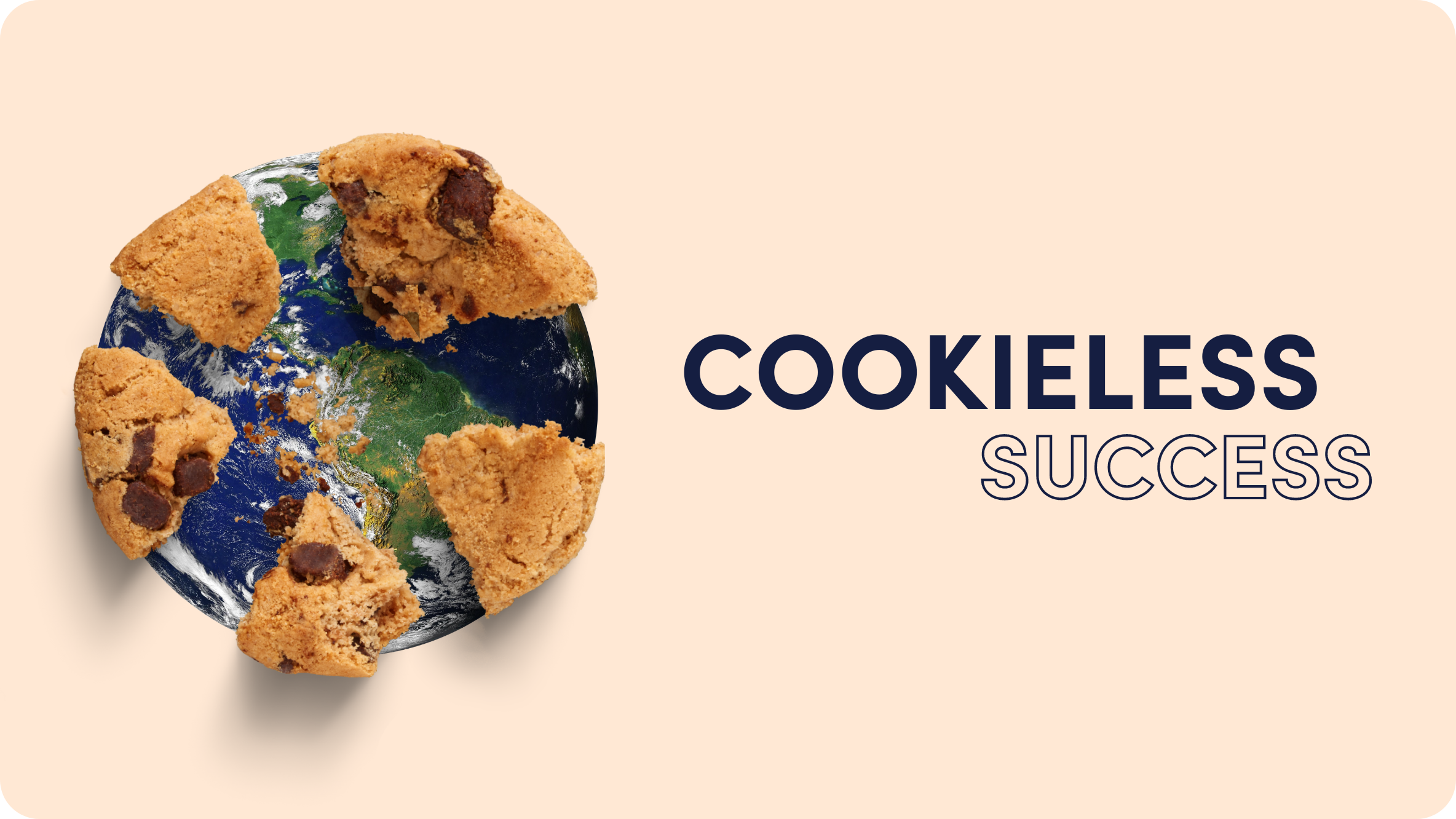

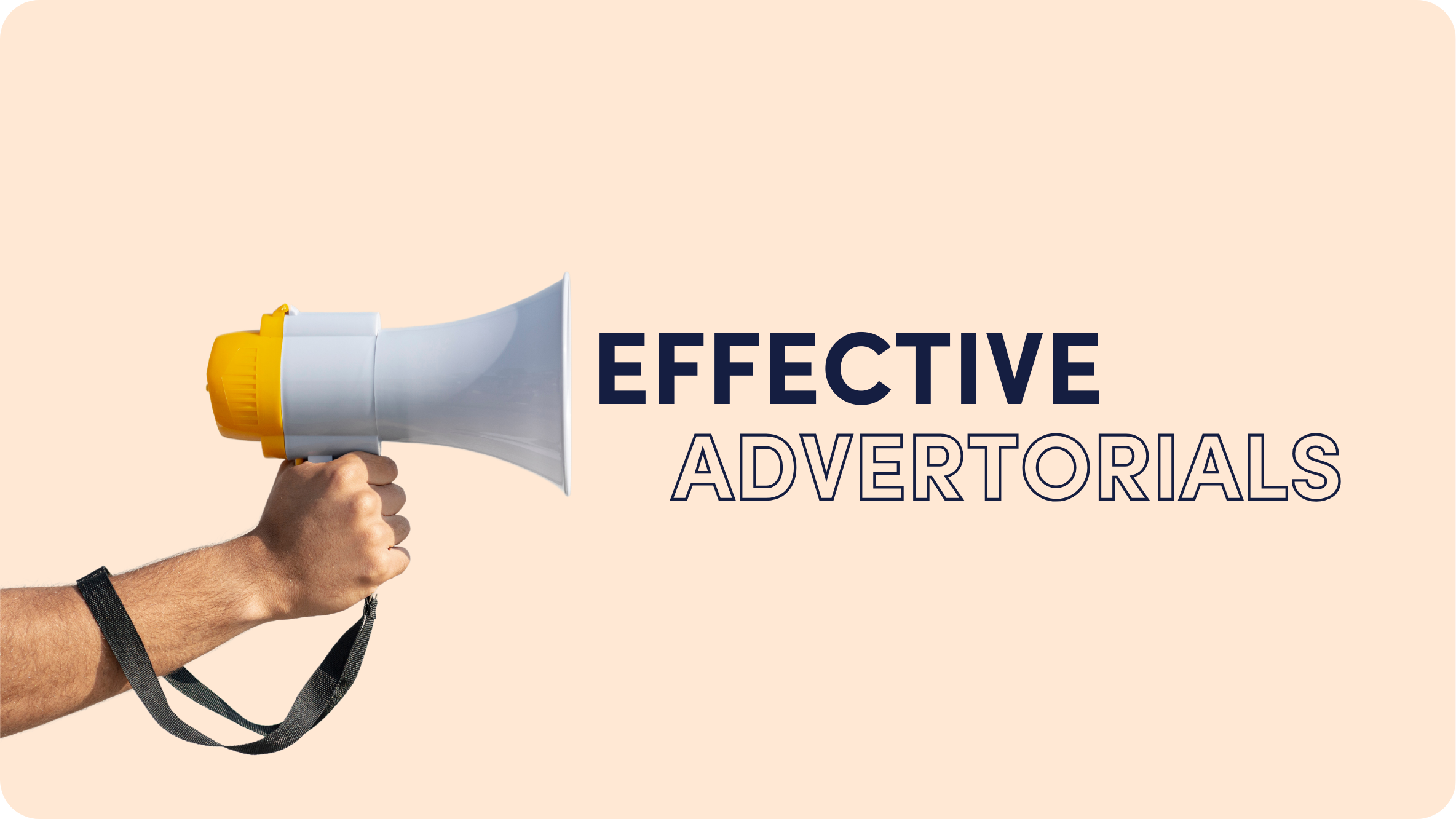


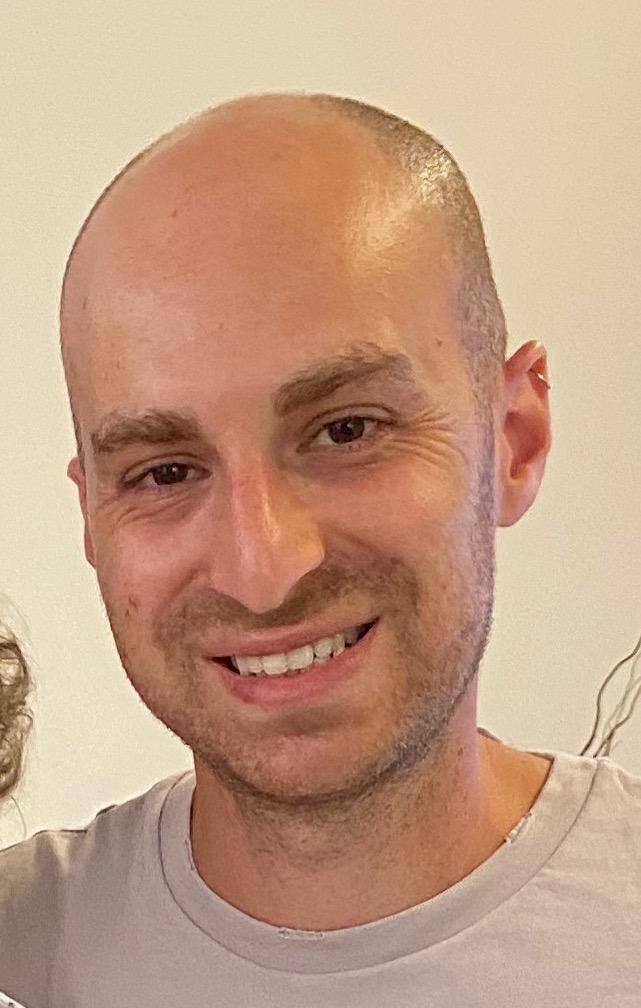
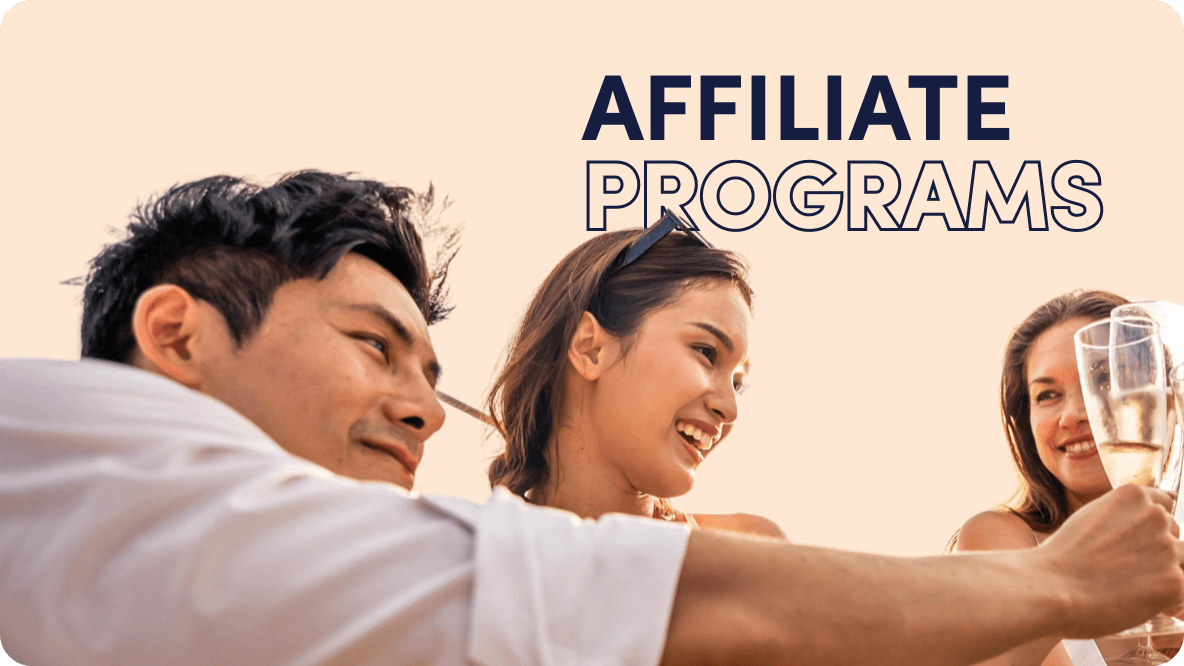

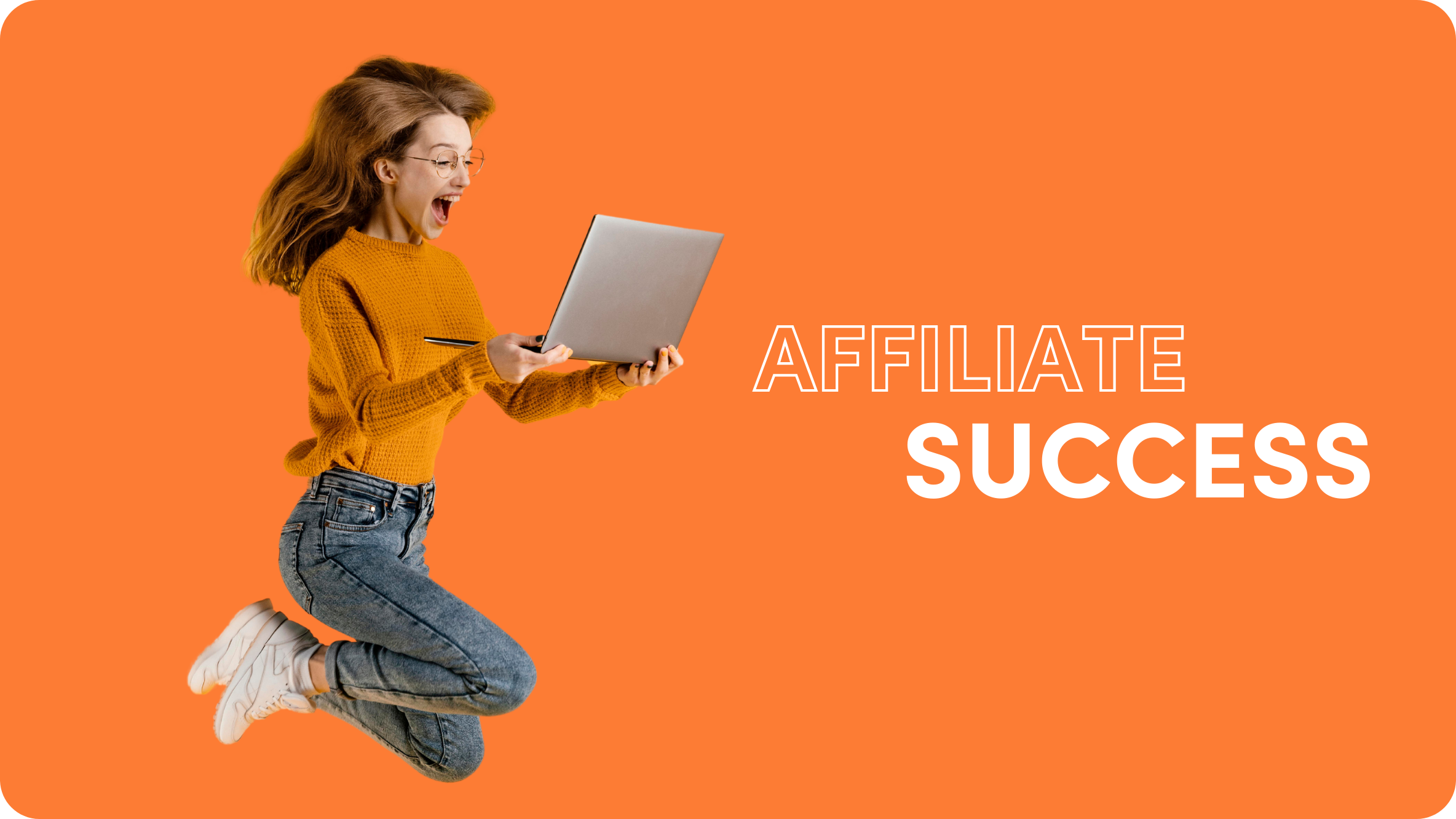
![Best Affiliate Networks 2024 [Updated]: Tap Into the Earning Power of Affiliate Marketing](https://www.outbrain.com/blog/wp-content/uploads/2023/07/best-affiliate-networks.png)
